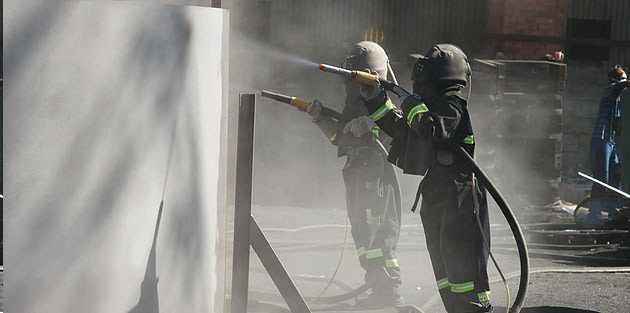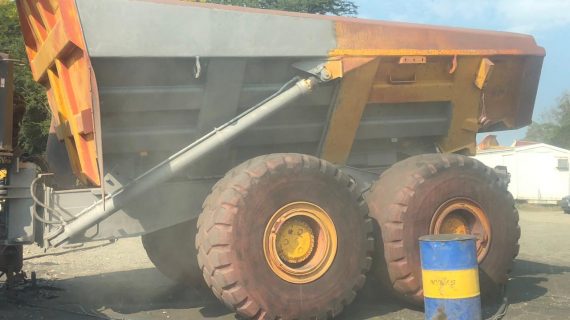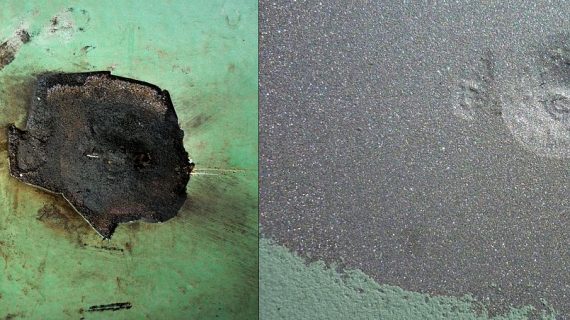Abrasive Blasting
Abrasive Blasting
Abrasive Blasting is the operation of forcibly propelling a stream of abrasive material at high-velocity against a surface under high pressure to smooth a rough surface, roughen a smooth surface, shape a surface, or remove surface contaminants. Sand used to be the most commonly used material, but since the lung disease silicosis is caused by extended inhalation of the dust created by sand, other materials are now used in its place. Any small, relatively uniform particles will work, such as steel grit, copper slag, walnut shells, powdered abrasives, even bits of coconut shell. Due to the dangers of inhaling dust during the process, abrasive sandblasting is carefully controlled, using an alternate air supply, protective wear, and proper ventilation, as shown in the picture below.
Abrasive blasting setup usually consists of three different parts:
• Abrasive material
• Air compressor
• Blaster nozzle
Blasting offers additional economic advantages because it efficiently cleans
surfaces better and faster than traditional techniques. It is also effective at
removing rust on metal surfaces.
Abrasive blasting prepares surfaces for coating applications effectively.
During the process, it’s important to keep temperatures and relative humidity levels low to eliminate excess moisture that could hinder the protective coating’s application and drying.





